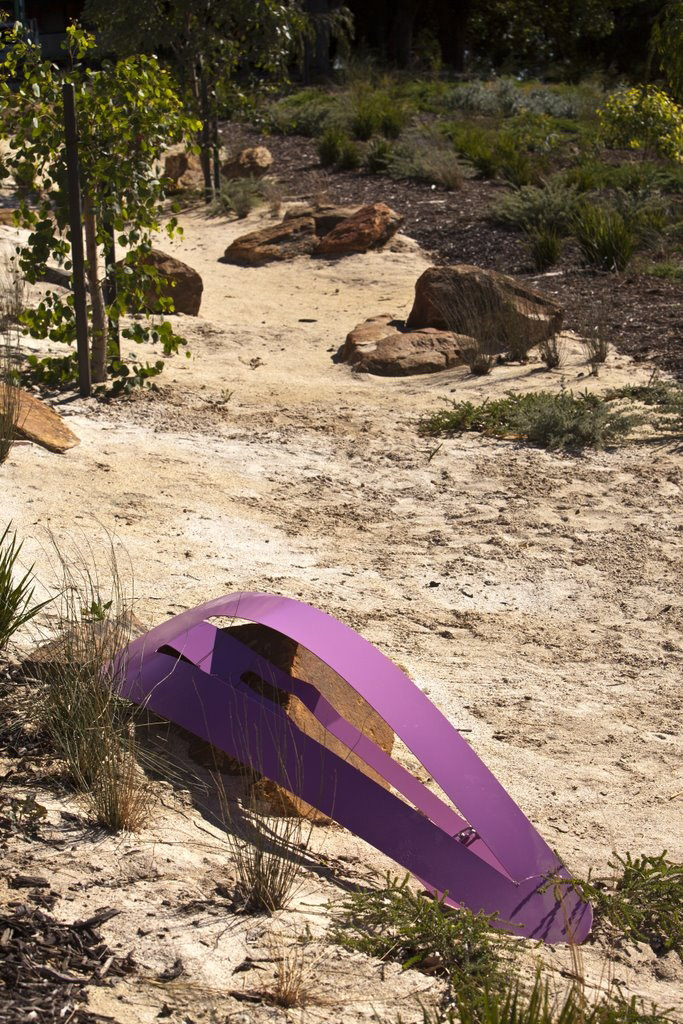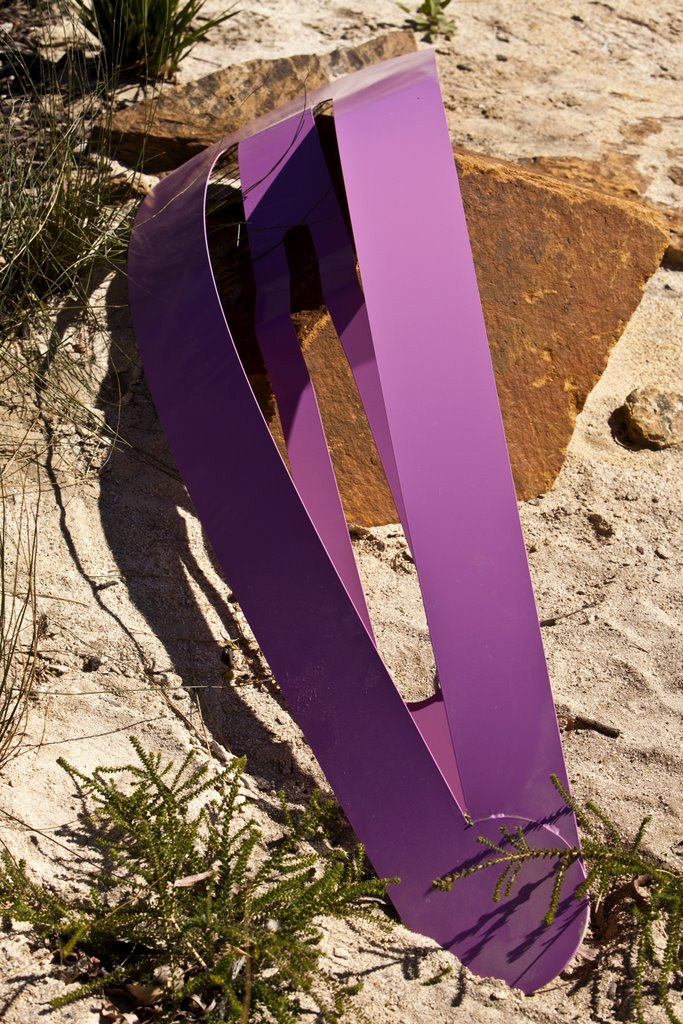


In I Used To Be Snow White, But I Drifted, the aftermath of schoolyard play becomes a theatre of resistance: a site of feminist reflection grounded in the lived textures of girlhood. Developed in response to the grounds of the old Melville Primary School, the work honours those fleeting, feral moments when little girls break free from the constraints of good behaviour, bodily containment, and ornamental femininity.
Each day, girls arrive with hair tightly pulled back, smoothed, clipped, and controlled. They are expected to be polite, composed, and well-mannered. But when the bell rings for recess, those rules slip. Ponytails unravel. Hair clips fall. Bodies fly across monkey bars, tumble down slides, and launch into worlds of their own making. In the traces left behind: bobby pins, elastics, candy-coloured scrunchies, we find evidence of a joyful refusal. Not loud, not deliberate, but no less radical.
This work centres one such abandoned object: a lost hair clip, made larger than life (171x70cm). It is sculptural and sentimental, girlish and ghostly: a relic of exuberance that outlasts the play. Here, the ornamental becomes subversive. A symbol of modesty undone. Of restraint released. I Used To Be Snow White, But I Drifted reclaims the fallen hair clip not as a loss, but as a quiet victory. A moment in which girlhood dares to drift from the script and, in doing so, refuses to be the fairest of them all.